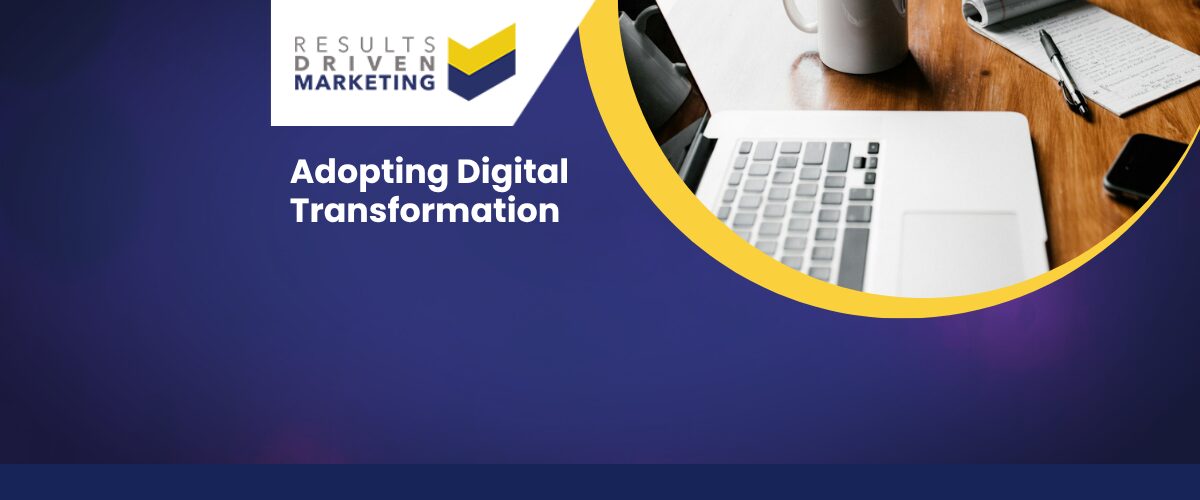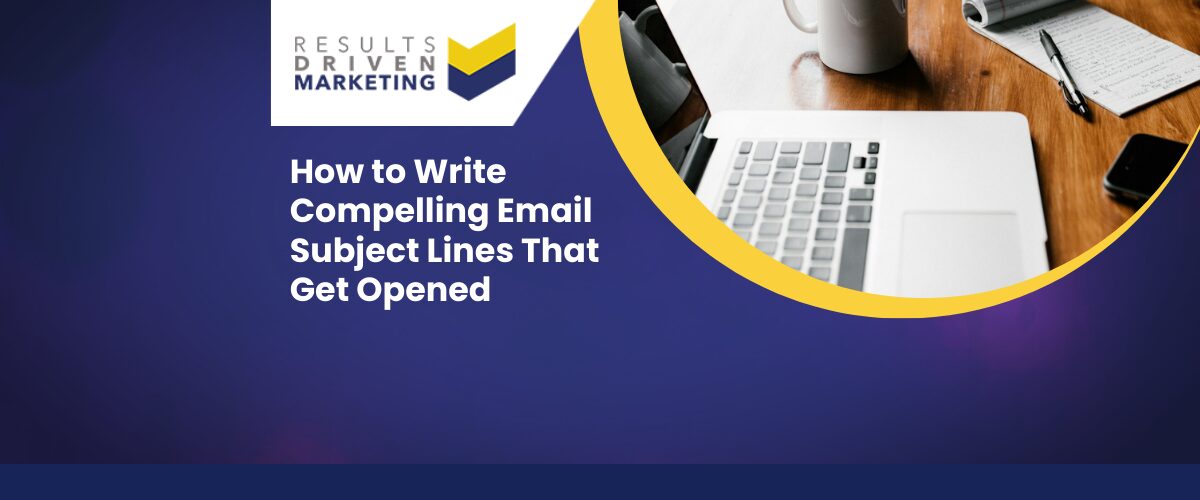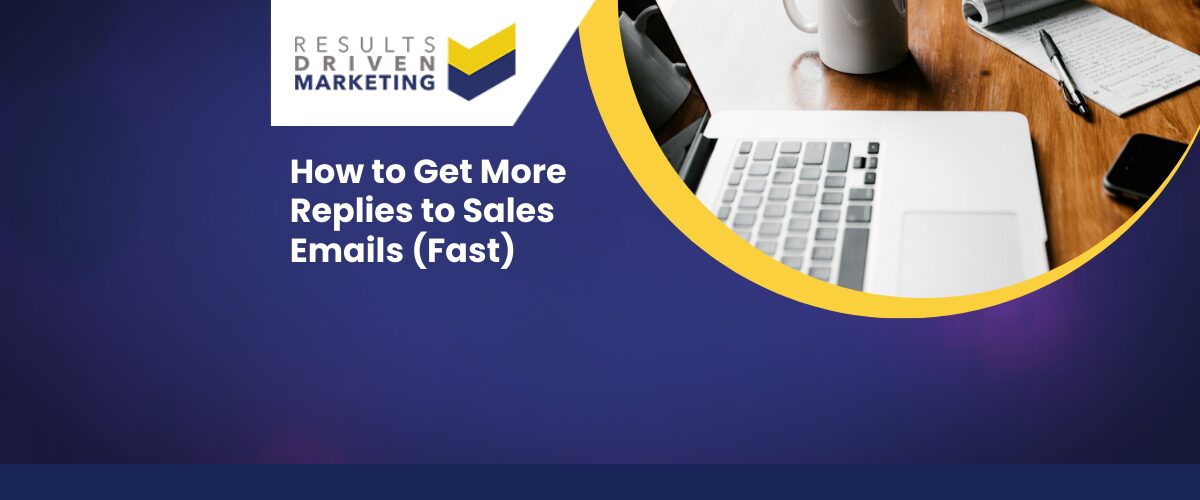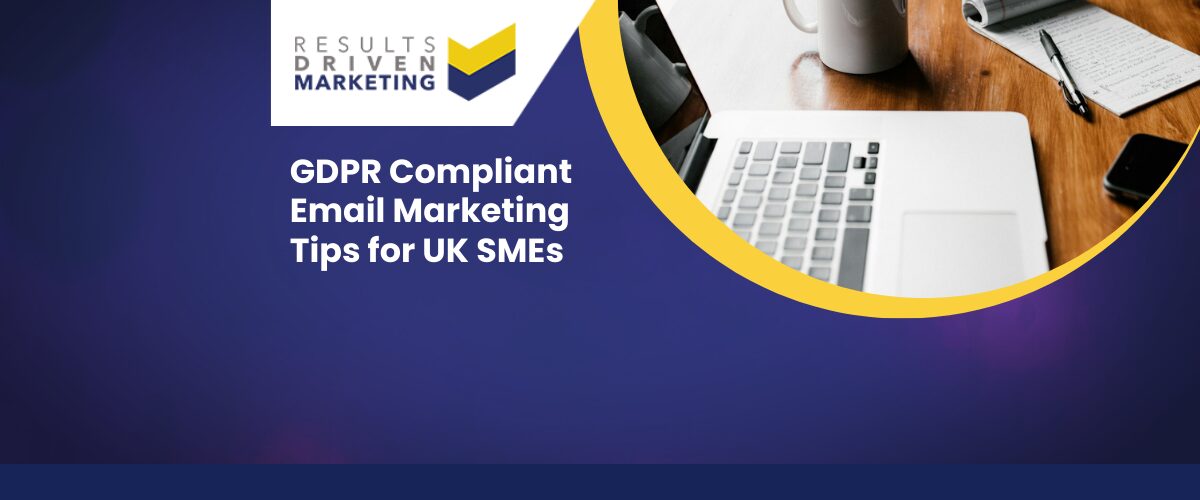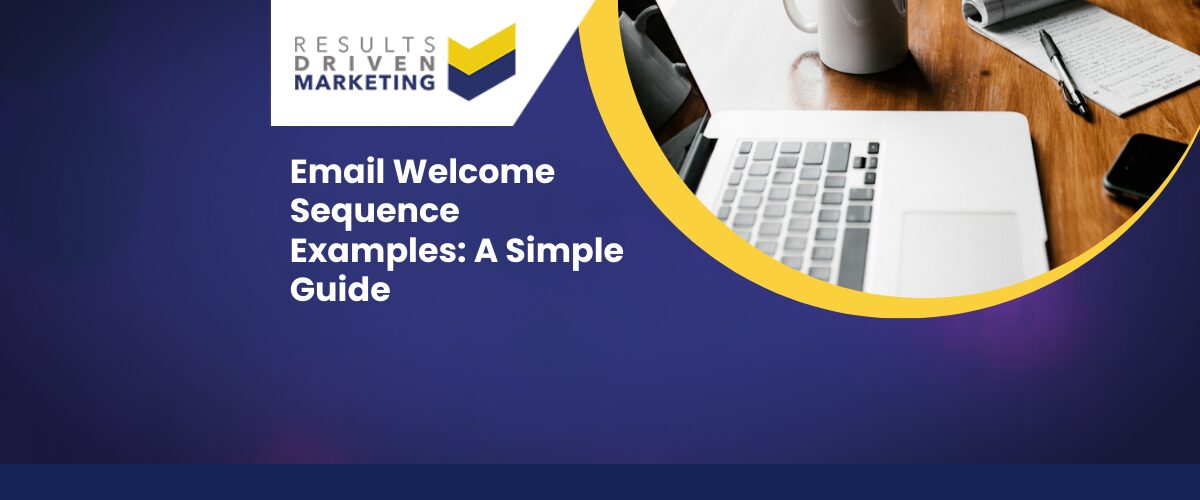
Email Welcome Sequence Examples: A Simple Guide
Email welcome sequence examples show just how powerful those first few messages can be when engaging new contacts. For SMEs, this early stage is critical—get it right and you set the tone for a productive business relationship. Get it wrong and potential customers may quickly lose interest.
Too often, businesses either skip the welcome process or send a single, generic email that fails to connect. Decision-makers are busy, and they expect value and relevance from the moment they first hear from you. Without a structured approach, your carefully built database risks going cold before it even has a chance to deliver results.
The good news is that creating an effective welcome sequence doesn’t need to be complicated. In this guide, we’ll share practical examples tailored to SMEs. You’ll see how a simple sequence can build trust, encourage engagement, and turn new contacts into long-term customers.
Table of contents:
Why Welcome Sequences Matter for SMEs
For SMEs, the first impression matters more than most realise. A welcome sequence is your chance to show professionalism, build trust, and set the tone for the relationship. Sending a single “hello” email often isn’t enough to stand out in crowded inboxes.
A structured welcome sequence helps you:
-
Build credibility – Demonstrates you are reliable, organised, and focused on your prospect’s needs.
-
Increase engagement – A series of well-timed emails keeps your brand visible and relevant.
-
Shorten sales cycles – By addressing common questions or pain points early, you move prospects closer to a decision.
-
Boost ROI – A warm and engaged audience is more likely to open future emails, click links, and respond positively to offers.
For SMEs working with purchased B2B data, this sequence can make the difference between wasted opportunity and a reliable stream of leads.
What Makes an Effective Welcome Sequence
An effective welcome sequence isn’t about sending lots of emails quickly—it’s about delivering the right message at the right time. Each email should build on the previous one, guiding your prospect towards trust and action.
Consistency and Flow
A sequence should feel connected. Each message continues the conversation rather than repeating or confusing the reader.
Tone and Style
Keep it professional but approachable. Avoid being too formal or sales-heavy. Decision-makers respond best when you sound human, helpful, and focused on solving their challenges.
Relevance to the Reader
Tailor content to the prospect’s role, sector, or pain points. Generic content gets ignored, but a message that speaks directly to their needs will be noticed.
A Clear Next Step
Every email should guide the reader toward an action—whether it’s learning more, booking a call, or simply looking forward to your next update.
Email Welcome Sequence Examples for SMEs
A welcome sequence can be as simple or detailed as your sales process requires. The key is to make it purposeful. Here are three practical models SMEs can adapt.
The Simple 3-Email Sequence
-
Email 1: Introduction and thanks – Welcome the contact, thank them for connecting, and set expectations for future emails.
-
Email 2: Share value – Provide something useful such as an insight, case study, or industry update to show your expertise.
-
Email 3: Call to action – Encourage the next step, like booking a call, requesting a data count, or exploring your services.
The Engagement Builder
-
Email 1: Welcome and brand story – Introduce who you are and why you exist.
-
Email 2: Pain points and solutions – Speak directly to challenges SMEs face and how you can help.
-
Email 3: Proof of success – Share a testimonial, results, or a short success story.
-
Email 4: Invite action – Encourage a consultation, trial, or specific next step.
The Long-Term Nurture Sequence
-
Suited for longer B2B sales cycles.
-
Combines valuable insights, practical advice, and light promotional content.
-
Spaced out over weeks to build familiarity without overwhelming contacts.
These examples show that welcome sequences don’t need to be complicated—they just need to be intentional and structured.
Best Practices for Creating Your Own Welcome Sequence
The best email welcome sequences follow a few simple rules. Whether you’re sending three emails or ten, these principles will help your campaigns perform better.
Keep Messages Short and Clear
Busy decision-makers don’t have time for long emails. Get to the point quickly and highlight the value upfront.
Always Include a Call-to-Action
Each email should guide the reader toward one action—reading more, booking a call, or replying. Avoid multiple CTAs that create confusion.
Personalise Where Possible
Use the subscriber’s name, company, or sector. Even small touches make the message feel more relevant.
Balance Promotion with Value
If every email is a sales pitch, you’ll lose attention fast. Mix useful insights, practical advice, and light promotion to keep readers engaged.
Track and Refine
Monitor open rates, clicks, and responses. Use these insights to improve your subject lines, timing, and content for future campaigns.
Why Choose Results Driven Marketing
At Results Driven Marketing, we know that a strong welcome sequence starts with the right audience. Even the best-crafted emails won’t perform if they’re sent to the wrong people. That’s why we focus on helping SMEs combine accurate data with practical email strategy.
Here’s what sets us apart:
-
Accurate, targeted B2B data – Reach decision-makers across 2,000+ sectors.
-
Compliance built-in – All data is GDPR and CTPS checked for peace of mind.
-
Tailored targeting – From owners to marketing leads, we’ll help you connect with the right people.
-
Practical advice – We don’t just supply data—we guide SMEs on how to use it effectively in email campaigns.
-
Proven results – Clients consistently see stronger engagement, better open rates, and more conversions.
We care about helping businesses turn email marketing into a reliable source of leads and growth.
Next Steps for Stronger Email Engagement
A well-structured welcome sequence is one of the simplest ways to improve results from your email marketing. By planning a short series of purposeful messages, you can make stronger first impressions, build trust, and guide prospects towards action.
To recap:
-
First impressions matter—don’t rely on a single email.
-
Keep messages short, clear, and relevant.
-
Mix value with promotion to keep attention.
-
Personalise your approach to increase engagement.
-
Track performance and refine over time.
Pairing these best practices with high-quality, targeted email lists gives your campaigns the strongest foundation for success.
At Results Driven Marketing, we help SMEs combine accurate data with practical email strategies that deliver measurable results.
👉 Ready to strengthen your welcome sequence? Contact us today to discuss your data needs and campaign goals.
Results Driven Marketing
IIB Trading Ltd, trading as Results Driven Marketing
📍 Cobalt Business Exchange, Newcastle
📞 0191 406 6399
🌐 rdmarketing.co.uk


